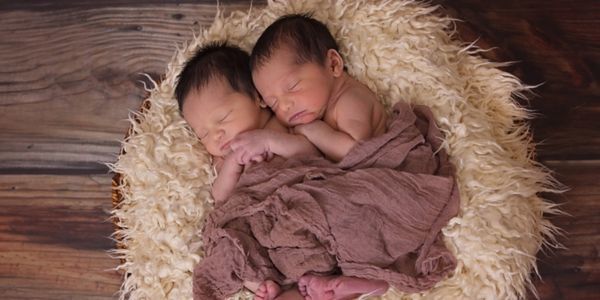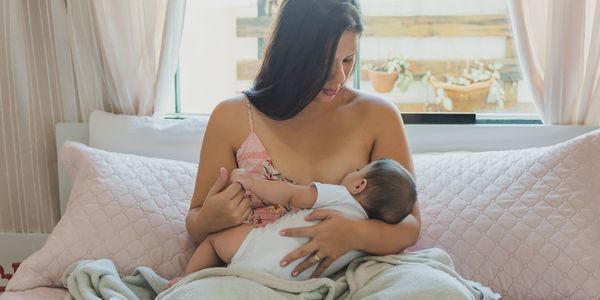

With Bonfire Night so close, we expect many of you will be celebrating if you haven’t already!
With bonfire night comes a whole host of hazards that all mummies and daddies will want to avoid with little ones around!
Every year, despite warnings and awareness campaigns, there are still avoidable injuries reported. It’s so important to be mindful of the following advice if throwing your own bonfire party at home, or attending an organised display – fire and fireworks may look beautiful and it’s a great occasion to celebrate as a family, but there are very real and significant dangers.
Here’s our guide on celebrating a safer Bonfire Night…
Bonfire Night Injury Statistics

Bonfire Night Safety Do’s and Don’ts
RoSPA (The Royal Society for the Prevention of Accidents) are an excellent organisation to turn to for firework safety tips; we’ve found their celebration do’s and don’ts list and would love for all of our followers to give it a read.
“Only adults should deal with setting up firework displays, the lighting of fireworks and the safe disposal of fireworks once they have been used (and remember, alcohol and fireworks don’t mix!). Children and young people should be supervised, and watch and enjoy fireworks at a safe distance. Follow these top 10 tips for a safer fireworks party:
-
- Plan your firework display to make it safe and enjoyable, and ensure it finishes before 11pm
- Only buy fireworks which carry the CE mark, keep them in a closed box and use them one at a time
- Read and follow the instructions on each firework using a torch if necessary
- Light the firework at arm’s length with a taper and stand well back
- Keep naked flames, including cigarettes, away from fireworks
- Never return to a firework once it has been lit
- Don’t put fireworks in pockets and never throw them
- Direct any rocket fireworks well away from spectators
- Never use paraffin or petrol on a bonfire
- Make sure that the fire is out and surroundings are made safe before leaving.”
Family Days Tried and Tested have shared their idea for sparkler safety, we LOVE it and think everyone should consider doing this!
Other Important Bonfire Night Information…

First Aid Vitals
It’s very important for all parents to be aware of basic first aid, specifically burns management, when it comes to Bonfire Night. We’re massive supporters of St John Ambulance for all things first aid, and they have many very useful free resources available to access on their website.
Dealing With Burns
With an open bonfire and fireworks comes the risk of burns – if you know how to manage a burn immediately then you stand the chance of minimising any long term impact! St John Ambulance advise…
“You need to be extra careful when treating burns. The longer the burning goes on, the more severe the injury will be, and the longer it may take to heal. So you need to cool the burn as soon as possible.
If someone has a severe burn or scald they are likely to suffer from shock, because of the fluid loss, so they will need urgent hospital treatment.”
St John Ambulance also advises the following;
“Stop the burning getting any worse, by moving the casualty away from the source of heat.
Start cooling the burn as quickly as possible. Run it under cool water for at least ten minutes or until the pain feels better. (Don’t use ice, creams or gels – they can damage tissues and increase risk of infection).
Assess how bad the burn is. It is serious if it is:
• larger than the size of the casualty’s hand
• on the face, hands or feet, or
• a deep burn
If it is serious, call 999 or 112 for emergency medical help.
Remove any jewellery or clothing near the burn (unless it is stuck to it).
Cover the burned area with kitchen cling film or another clean, non-fluffy material, like a clean plastic bag. This will protect from infection.
If necessary, treat for shock (shock is a life-threatening condition, not to be confused with emotional shock).
If you are unsure if the burn is serious then tell the person to see a doctor.”
Stop, Drop and Roll
Stop, Drop and Roll (SDR) is a very useful lifesaving skill that all children should know. If your little one comes into contact with a flame and their clothes set alight, the SDR technique could help them to put out the flames quickly.
This video is geared towards teaching children how to SDR, and we love it! It’s very simply explained and accessible to young people (but you may need to explain that our emergency number is 999 in the UK).
Importantly, always remember…
Seek medical assistance immediately no matter how minor the burn may look, as burns can appear less serious at first. It’s always worth getting checked out, no matter what. Better safe than sorry.
Have a safe Bonfire Night, everyone!
Love from Katie & Team BBY. Xx



.png)
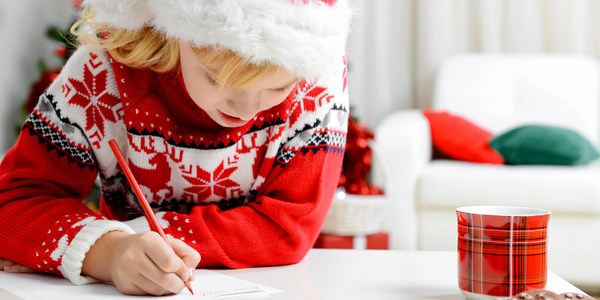
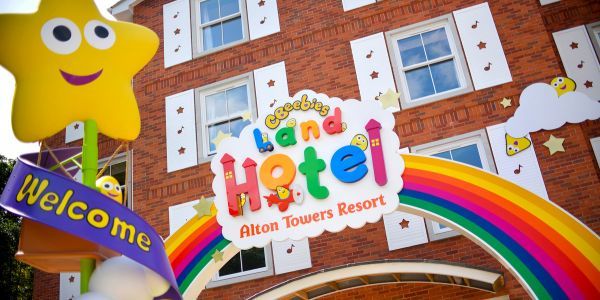


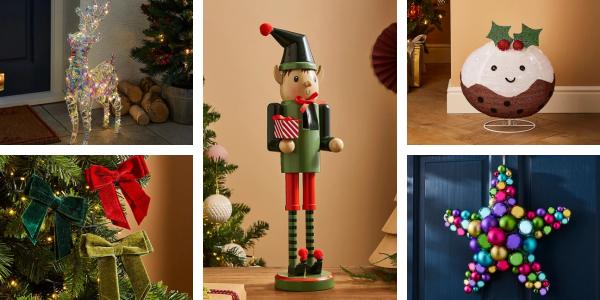

.jpg)
